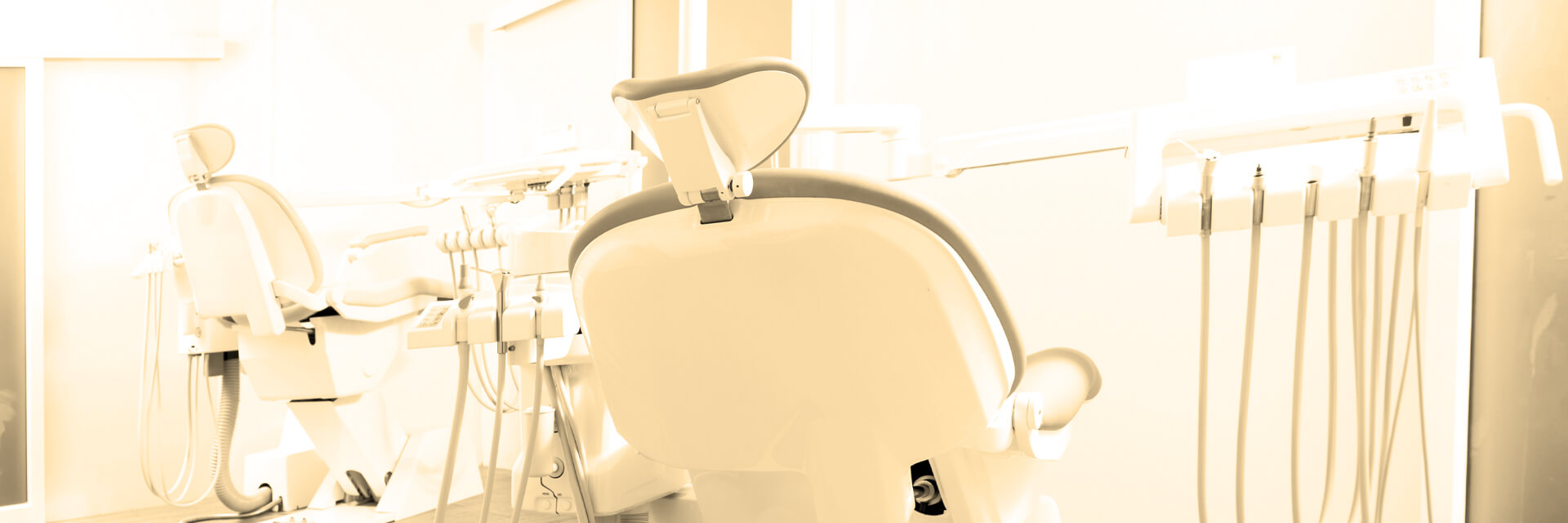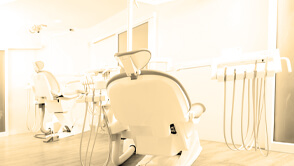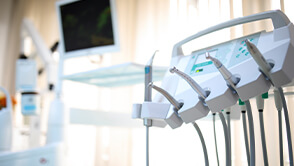
Dental Practice Coding and Billing Improvements: 3 Tips to Increase Your Bottom Line
- Published
- May 17, 2021
- Share
An optimized front office is one of the best ways to improve your dental practice’s bottom line. You may not be able to do anything about rising operational costs, so finding areas where your practice can improve in efficiency is an important part of maximizing profits. Many practices struggle with medical coding and billing, especially as the technology and requirements from insurance companies are constantly changing.
Even if you think your practice’s billing is working well, it’s likely that there are some improvements that you can make. If billing at your office is really a mess, these strategies can help you right the ship.
1. Reduce waste and inefficiency.
Surprisingly, streamlining your billing and coding practices can have a significant impact on your practice’s bottom line. If your records aren’t in great shape, it’s likely that there are a number of issues that could be costing you money – multiple codes for the same service, incorrect codes, or missing patient information. These inefficiencies can result in denied claims and billing errors, both of which cost time and money.
Automating much of the billing process can reduce the risk of human error. If you choose to manage billing in-house, ask peers to recommend medical billing and coding software systems. Your current system may lack useful features, so it’s important to evaluate whether your practice could benefit from an upgraded system. New technologies require an initial investment, but the benefits to your bottom line through efficiencies may outweigh the upfront costs.
2. Provide appropriate training to all members of your staff.
Your on-site medical biller isn’t the only employee who should have some knowledge of billing and coding practices. It isn’t necessary for all employees to know the intricacies of medical billing, but they should know how to communicate issues with patients and insurance companies, and appropriately enter information into the billing system. This is especially critical when dealing with insurance companies; ensuring that all statements are delivered to them accurately means that claims are processed more quickly.
3. Consider working with a third party provider.
Having your staff manage medical billing may not be the most prudent use of their time, especially if you have a large practice. One medical biller in your practice might be overwhelmed, but two may not be financially feasible. Outsourcing to a third-party medical billing provider may be the most cost-effective way to handle this important task. You’ll still likely need an in-house professional to answer patient questions and liaison with the billing company, but this solution could still save your practice a lot of money.
Ultimately, the goal of improving billing and coding practices is to create revenue by increasing insurance reimbursements. In the process, though, you’ll also be able to provide better care to your patients by making sure that this front office practice is handled both accurately and efficiently.
What's on Your Mind?
Start a conversation with Angie
Receive the latest business insights, analysis, and perspectives from EisnerAmper professionals.








